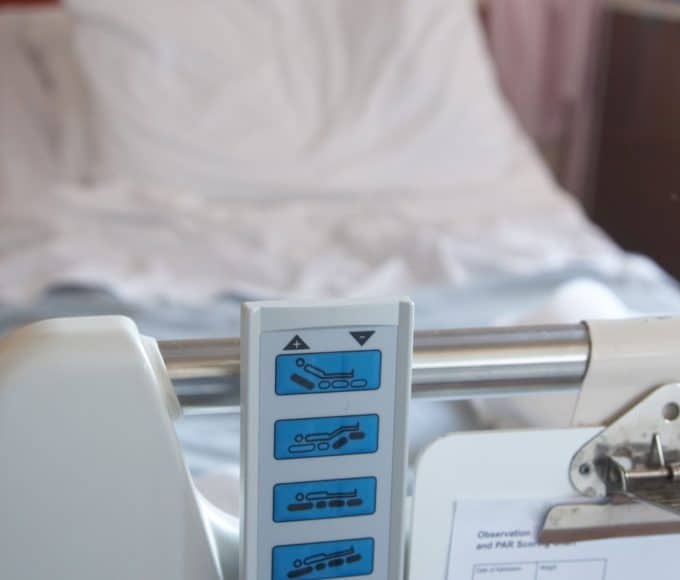For ages, many people thought that sleeping on their backs was the best way to get quality rest. However, that line of thinking is starting to shift, with side-sleeping becoming the grand champion of sleeping positions. Adjusting to a new position can be challenging, but learning some tips for getting comfortable while sleeping on your side can make the transition seamless.
Why Should You Make the Switch?
Most people prefer sleeping on their sides. Our spines become less flexible as we age, making side positions more comfortable. Aside from assisting with spine discomfort, sleeping on the side has other advantages, including avoiding or relieving chronic back pain and reducing the effects of sleep apnea. In addition, it reduces snoring, which will please both you and your companion.
If at all possible, avoid sleeping on your stomach, since it’s the most taxing on your spine and internal organs.
Which Side Is Better?
There’s an assumption that sleeping on your left side has the greatest positive effects on your health. Nonetheless, any side may relieve sleep apnea and persistent lower back discomfort. You don’t need to remain on one side throughout the night; flopping around until something feels right is okay.
You might already prefer the firmness or softness of your mattress. However, for side-sleeping, a mattress that lies midway between these two extremes is optimal.
Best Practices
Whether you’re a seasoned side-sleeper or this is new territory, knowing how to correctly sleep on your side is essential. You can maximize the benefits of this sleeping posture without waking up the following morning in agony by adhering to these tips:
- Lie comfortably on a semi-firm mattress, and use enough pillows to level your head with your body.
- Sleep on your left side first, and try to keep your chin from digging into your chest.
- Place your arms below your face and neck. Ideally, have them parallel on your sides.
- Place a firm pillow between your knees to give your spine the correct alignment.
- Lift your knees toward your chest to reduce pressure on your back.
Figuring out how to get comfortable sleeping on your side can have positive results on your well-being, particularly if you suffer from a sleep disorder or pain when you wake up in the morning.














